The escapement is signed on the ancre and on the ancre-bridge by the maker 'Auguste Pointaux'.
dimensions: 58 x 34 x 20 cm (h x w x d)
Maison Le Roy:
1785 Founders Bazile Le Roy (1731-1804) and his son Bazile-Charles Le Roy (1765-1839) stert 'Galerie de Pierre' no. 60 nearby Palais Royal in Paris.
1815 moving to 'Galerie Montpensier, 13-15 Palais Royal, Paris'
1828: Louis-Charles (-1865) become co-owner and the firmante changes to 'Le Roy et Fils'
Working for Emperor Napoleon, his mother Prinses Pauine and Jérome Bonaparte.
1829 Royal clockmaker for the Duke of Bourbon and the Duke of Chartres.
1835 Louis-Charles becomes Royal clockmaker for the king and the Duke of Orleans.
clockmaker for the navy.
1844 supplier for the Count of Parijs.
1845 The company is sold to employe Georges Casimir Halley des Fontaines (1813-1888) with preservation of the name 'Le Roy & Fils'.
1853 Halley des Fontaines shows interest in the electro-magnetical pendulum.
1855 participation world-exhibition in Parijs.
1856 opening shop in 211 Regent Street, London.
1861 participation exhibition in Londen
1862 participation exhibition in Londen and wins medal.
1866 clockmaker for the Royal Navy, royal clockmaker for Her Majesty the Queen of England, prins of Wales Albert Édouard de Saxe-Cobourg-Gotha (the later Eduard VII), princess Alexandra, king of Belgium Leopold II and the Emperor of Brazil.
1867 participation world-exhibition in Parijs and winning silver medal.
1869 participation world-exhibition in Parijs an winning and winning Certificate of Honor.
1873 participation exhibition in Wenen and winning medal for innovation.
1883 son with same name Georges Casimir Halley des Fontaines succeeds the company.
1888 succession by brother Julles Halley des Fontaines
1889 partnership with Louis Leroy (not related) and company-name change in 'Ancienne Maisson Le Roy & Fils, L. Leroy & Cie Successors'.
for 1900 namechange in 'L. Leroy & Cie'
Edme Laurent Auguste Pointaux (1809-1884): one of the last important clockmaker from generation as Paul Garnier père, Aimé Jacob, Rozé, Henri Robert père, Wagner and apprentice of Thouverez, trained in the workshops of Lépine, Robin and Lepaute. Starts working in 1830 for Le Roy & Fils and never leaves.
Inventor of an 'échappement à coup perdu' in ca. 1853 with curved robin pallets.



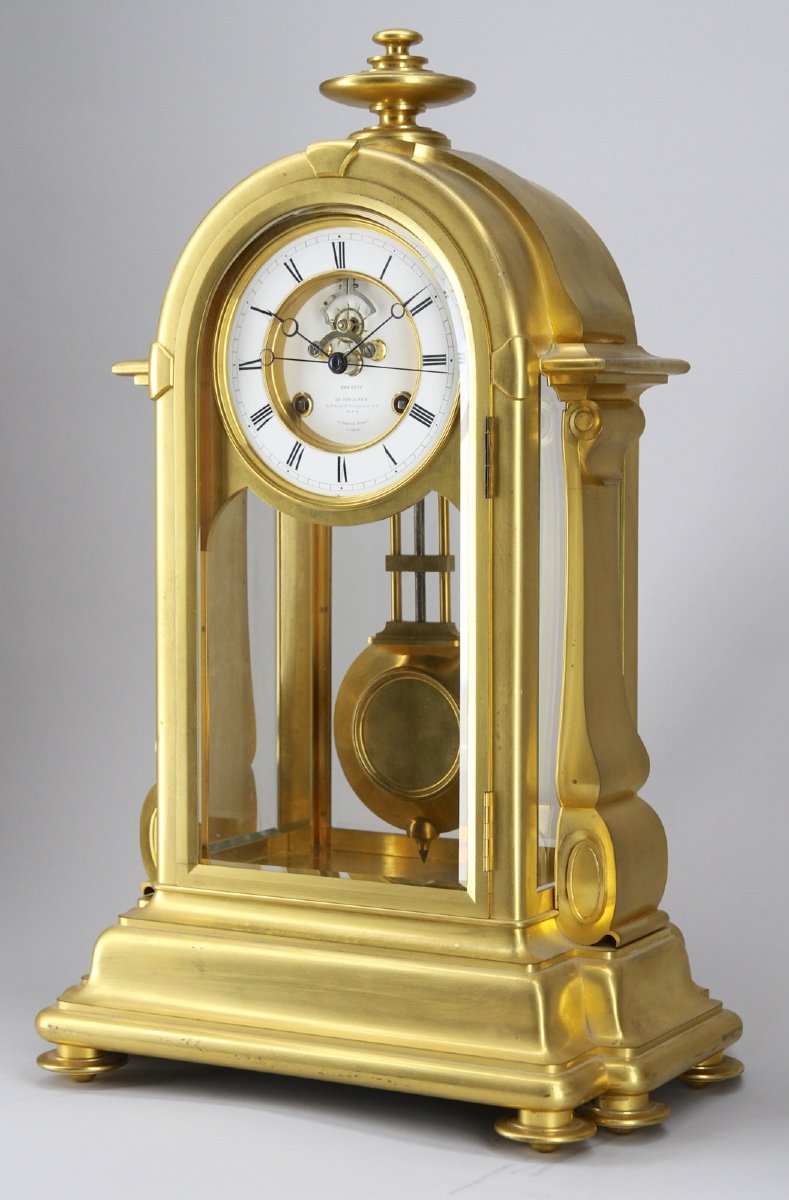


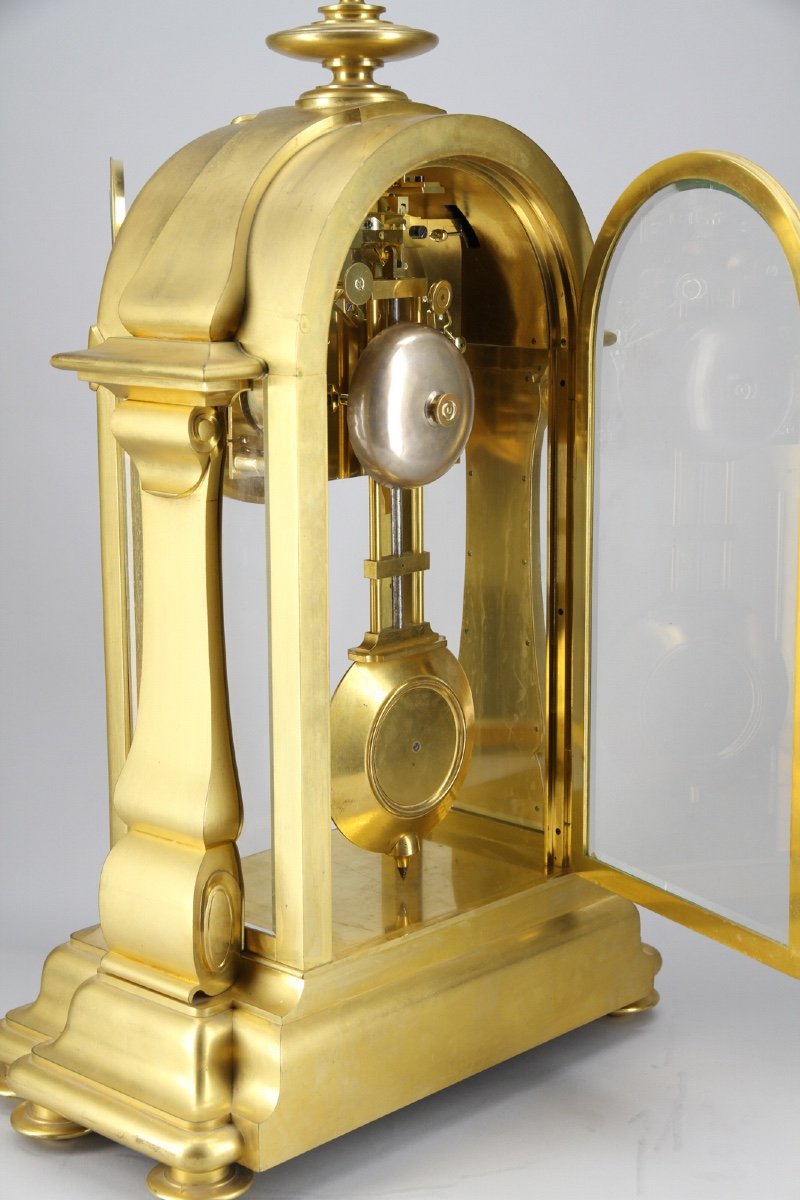
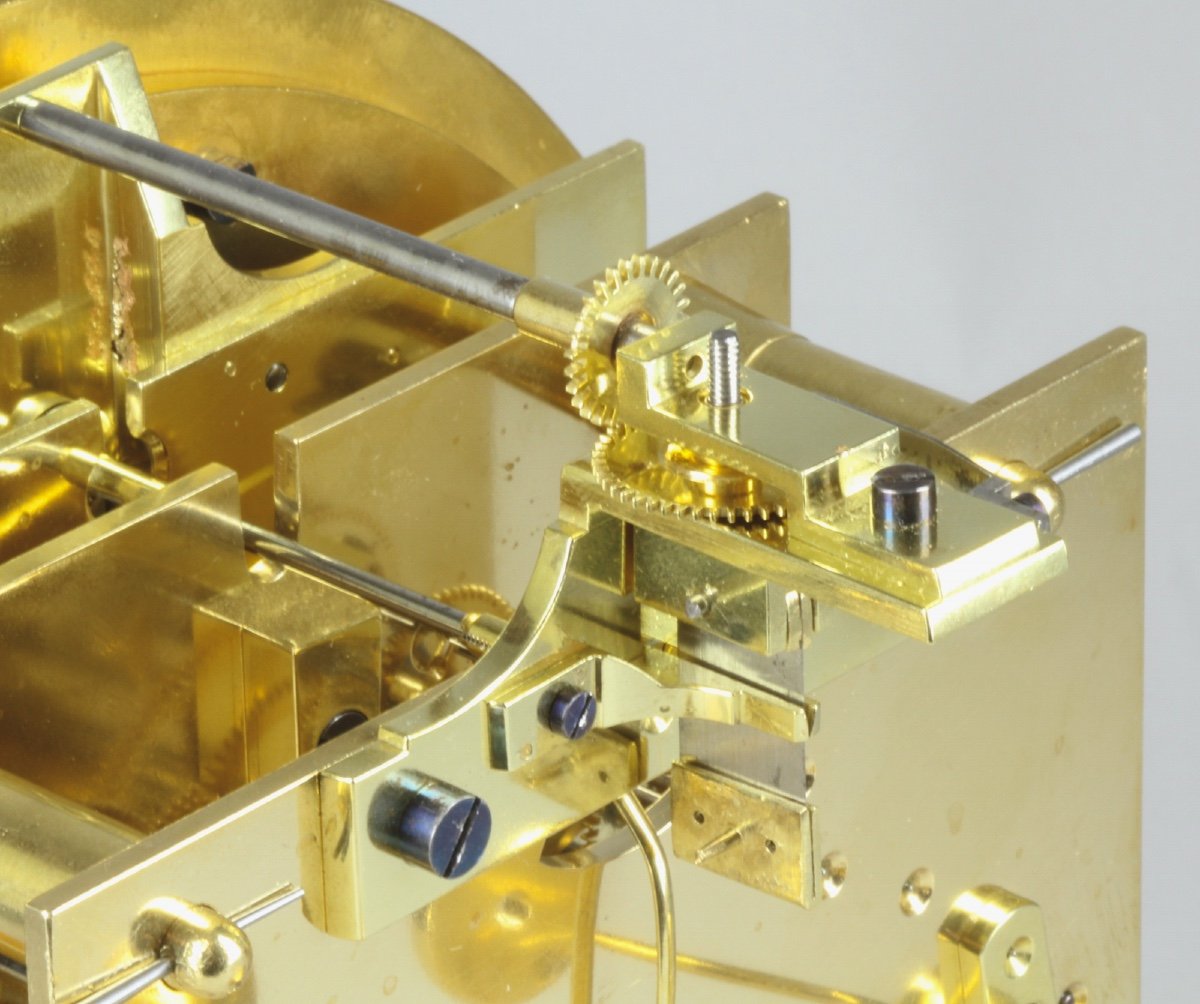

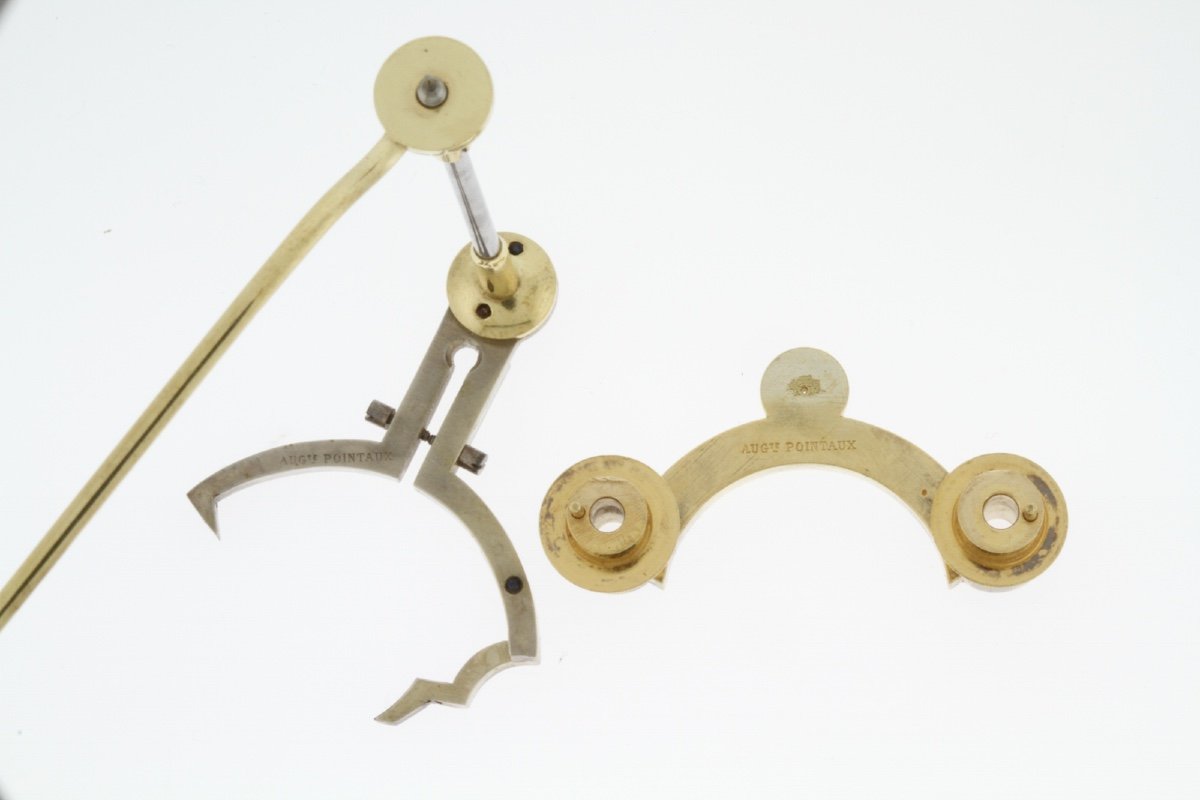
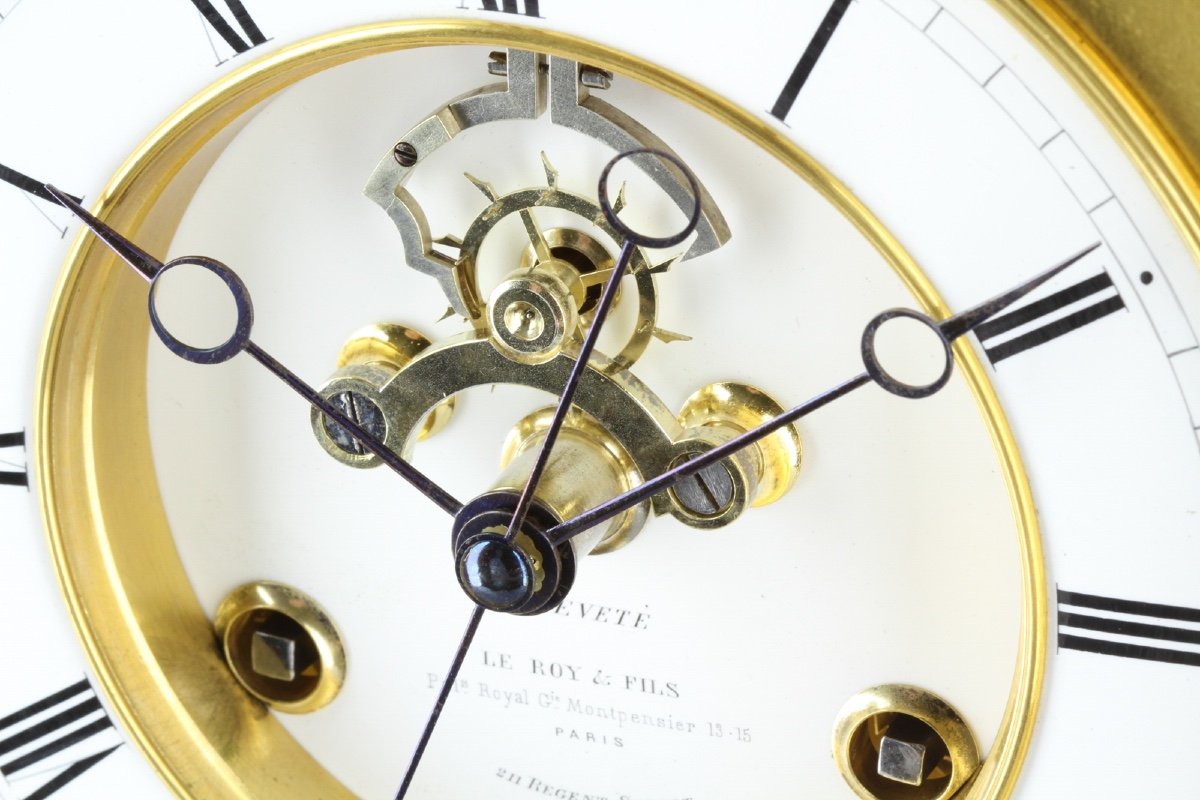
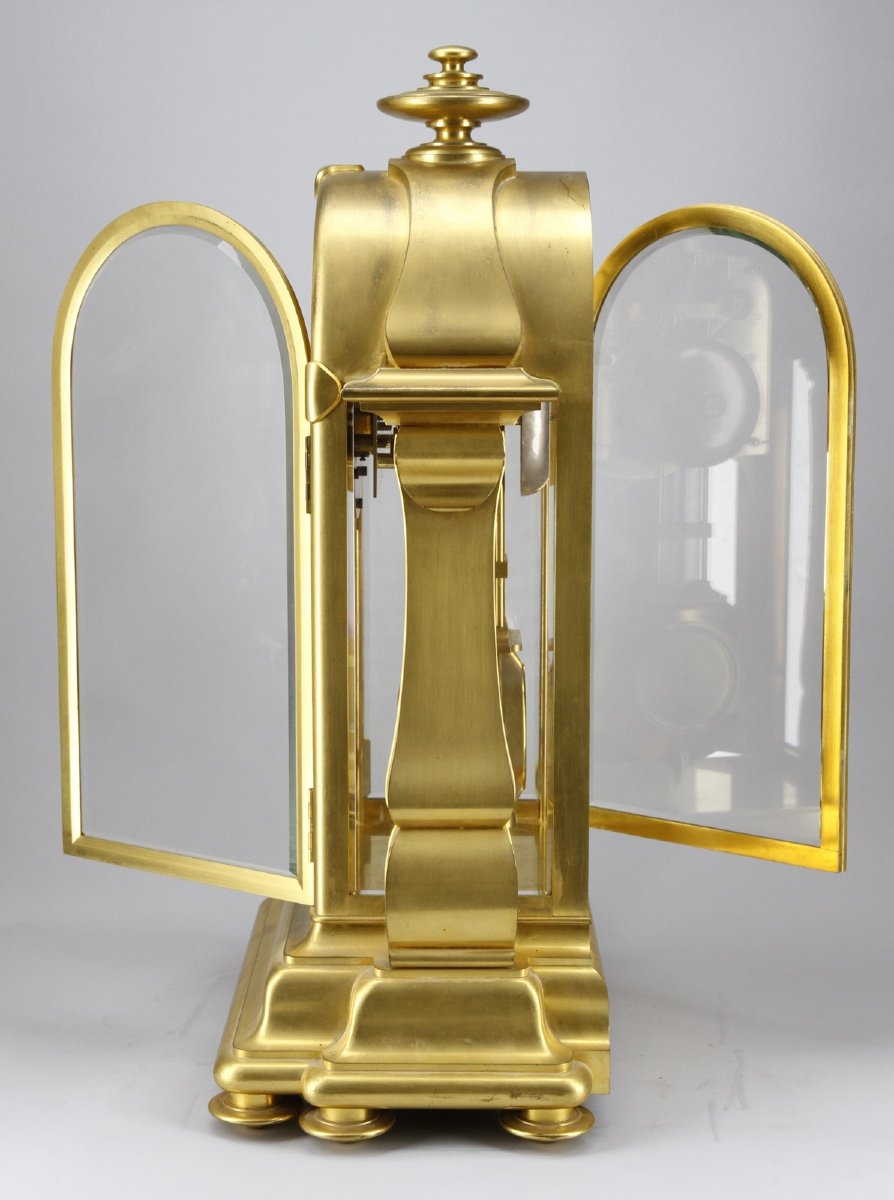
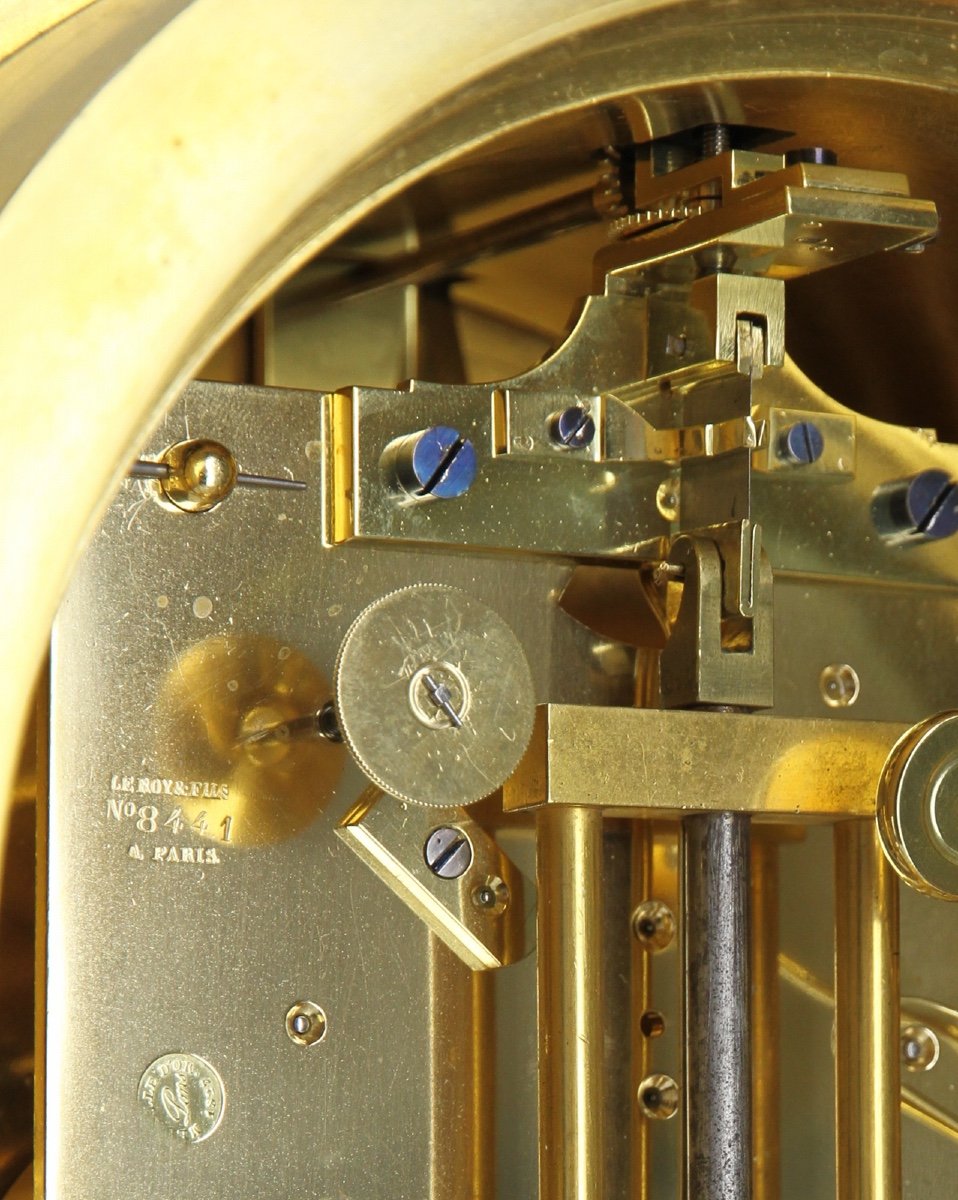


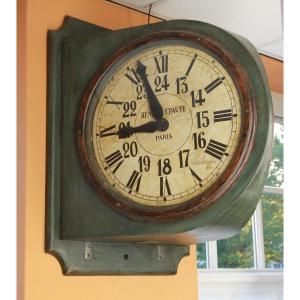
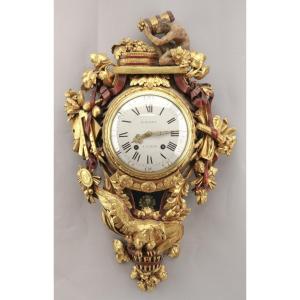


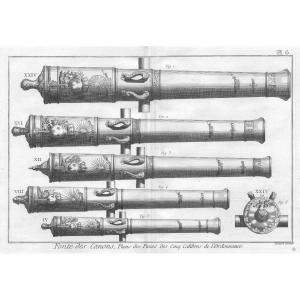

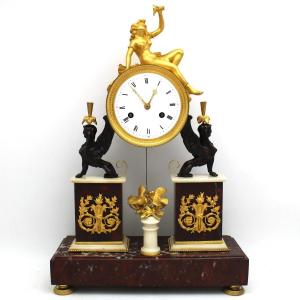


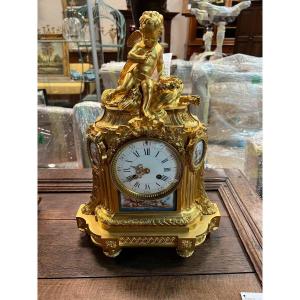





 Le Magazine de PROANTIC
Le Magazine de PROANTIC TRÉSORS Magazine
TRÉSORS Magazine Rivista Artiquariato
Rivista Artiquariato
